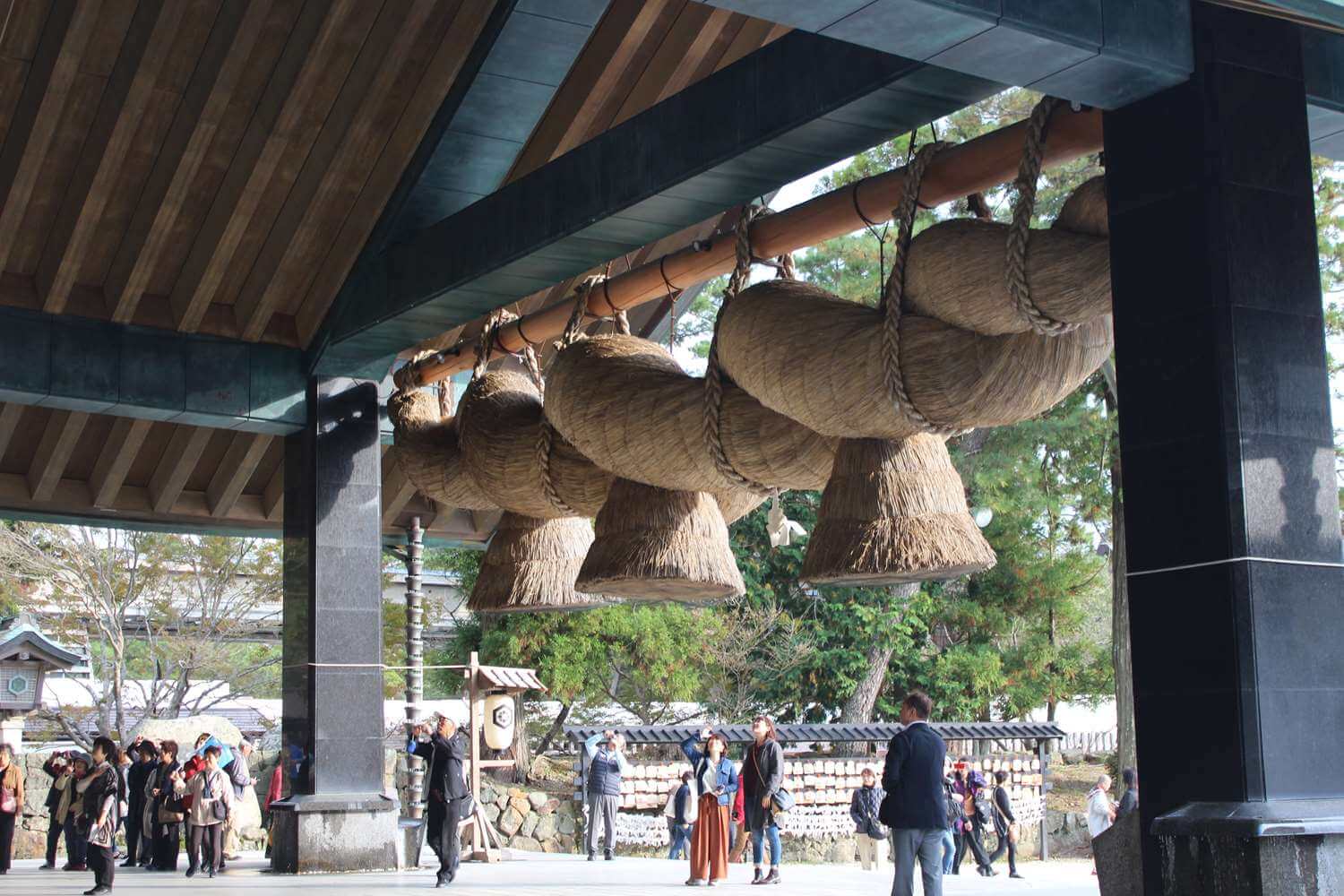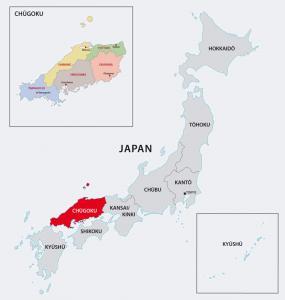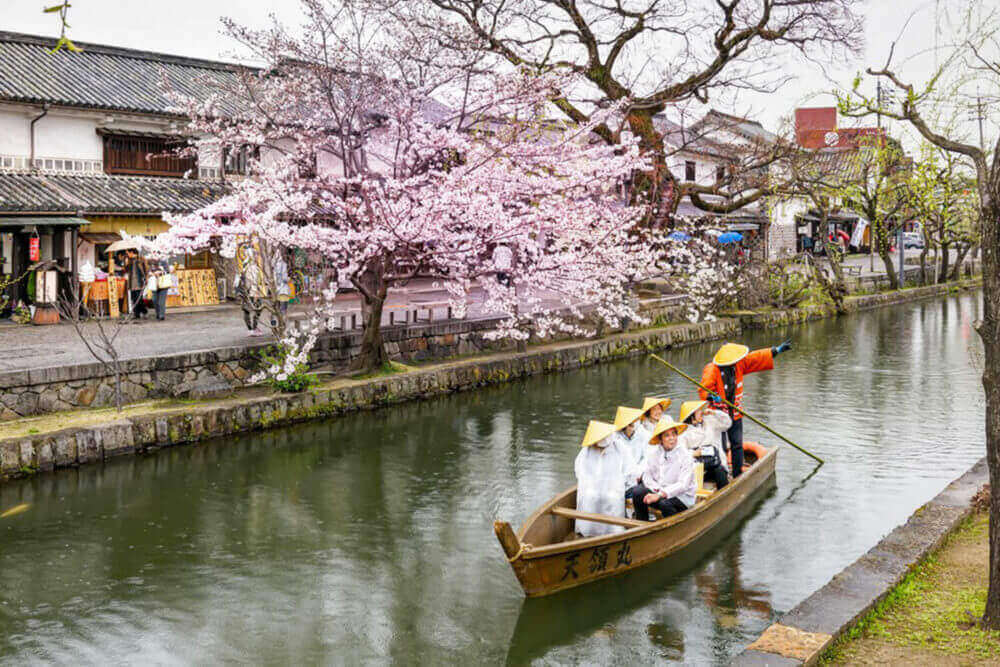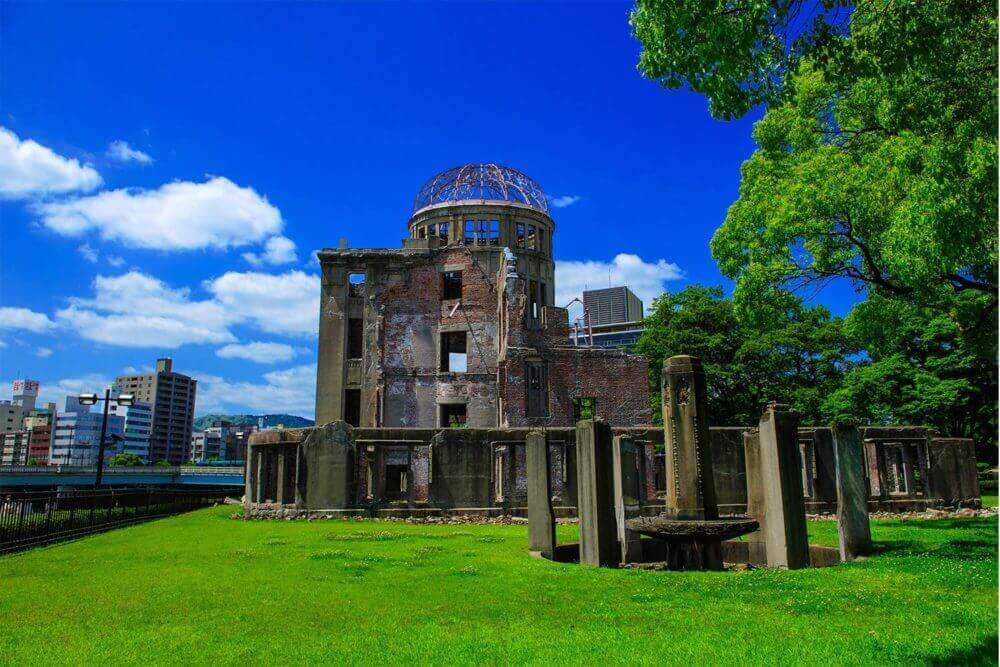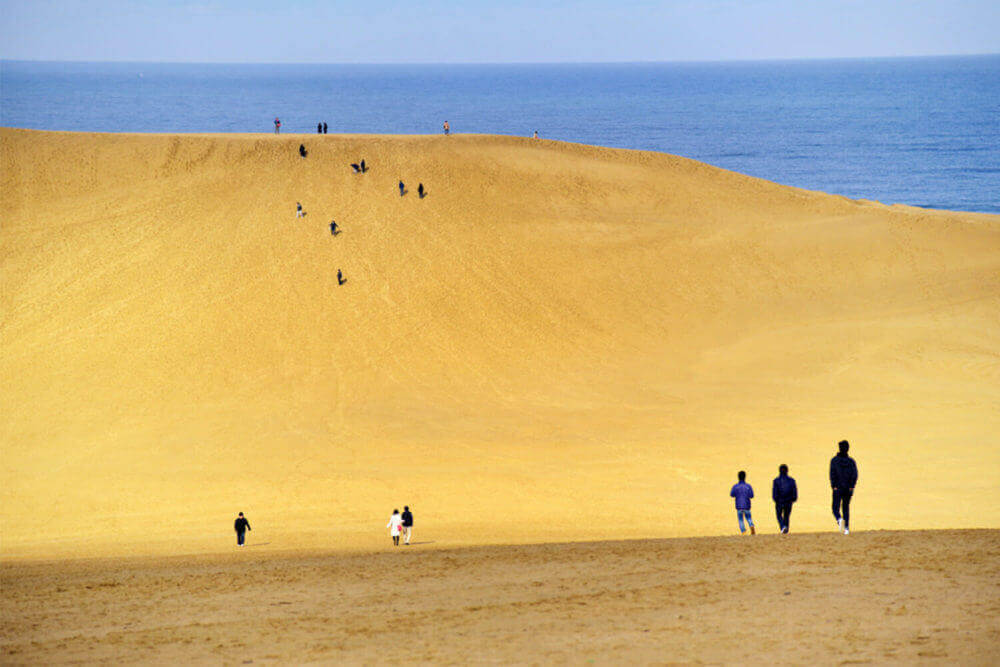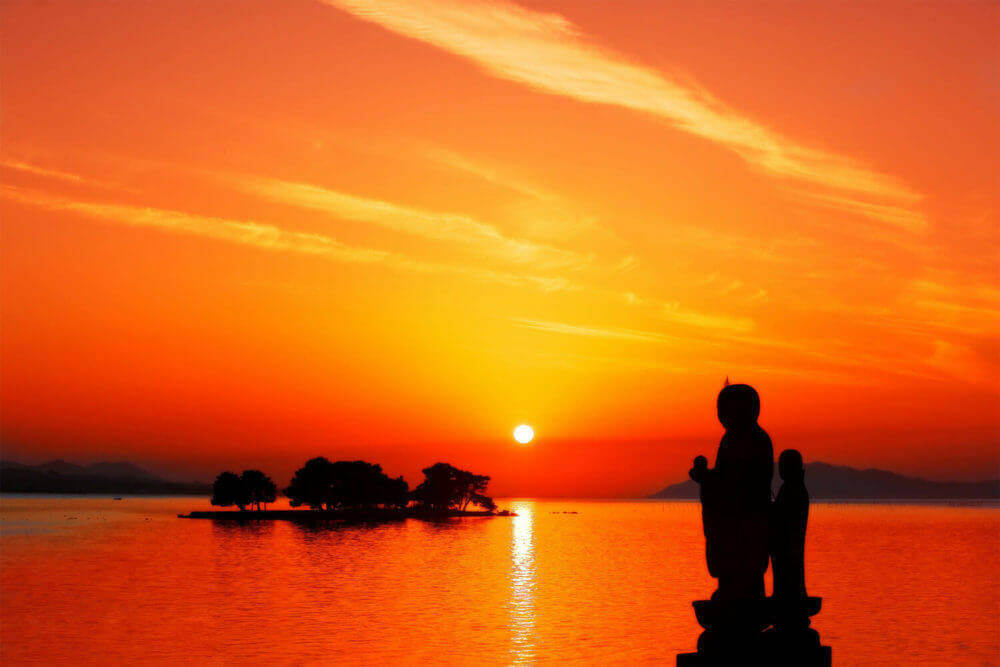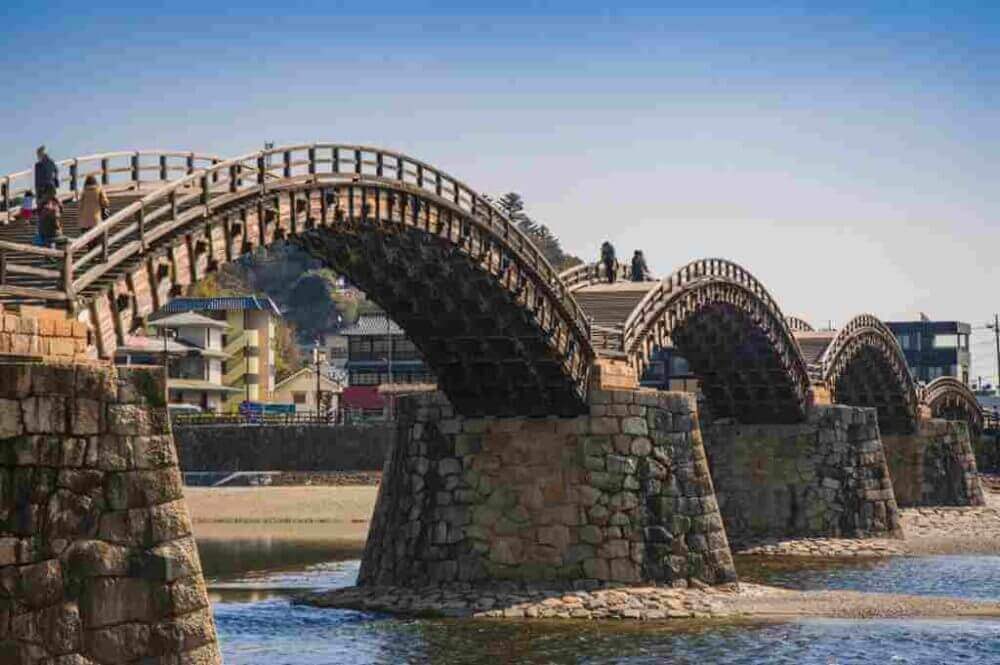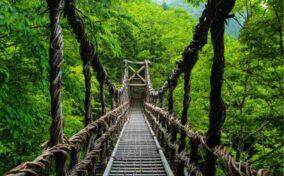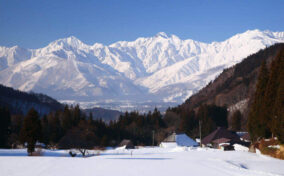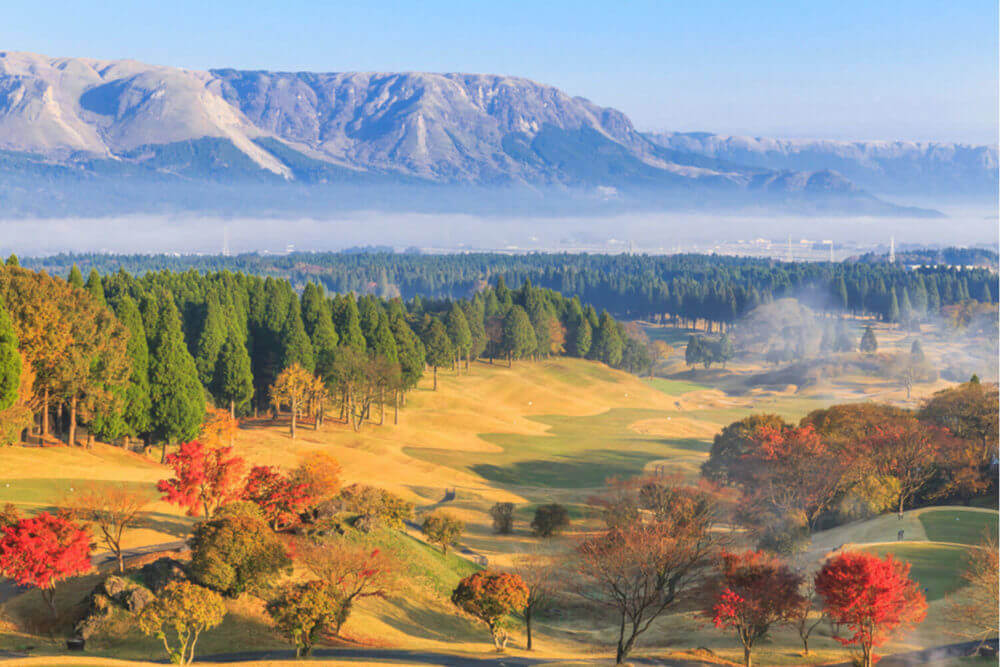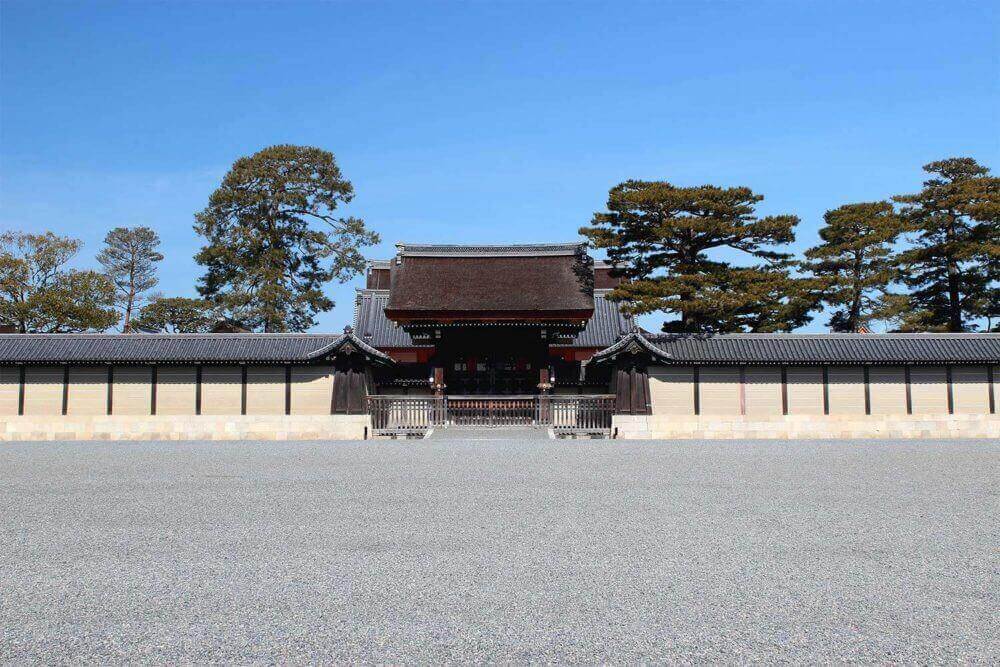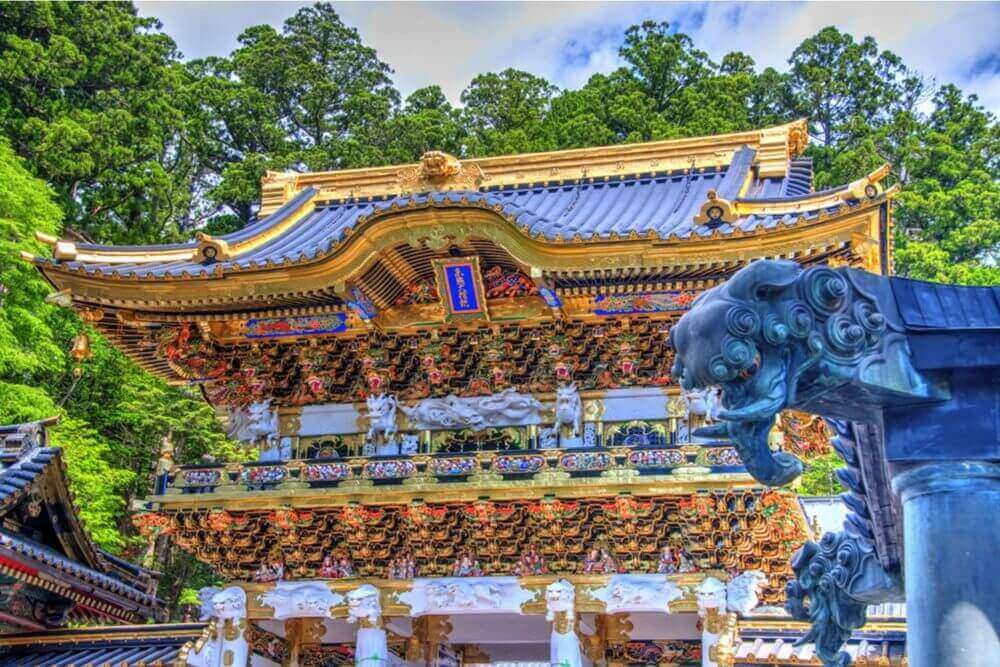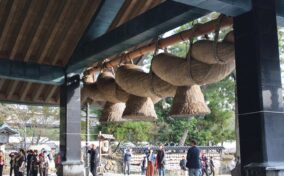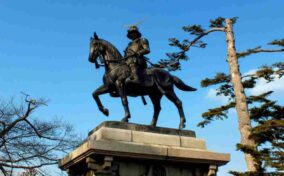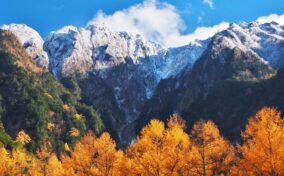The sightseeing spots in Chugoku region are rich in individuality that can not be explained in a word. Conversely, if you travel in the Chugoku region, you can enjoy a variety of sightseeing spots. The south side of this region faces the calm Seto Inland Sea. There are calm sightseeing spots like Miyajima in Hiroshima prefecture. On the other hand, the northern side is an area where development has been delayed, leaving a wonderful traditional world that even the Japanese have forgotten.
Table of Contents
Outline of Chugoku Region
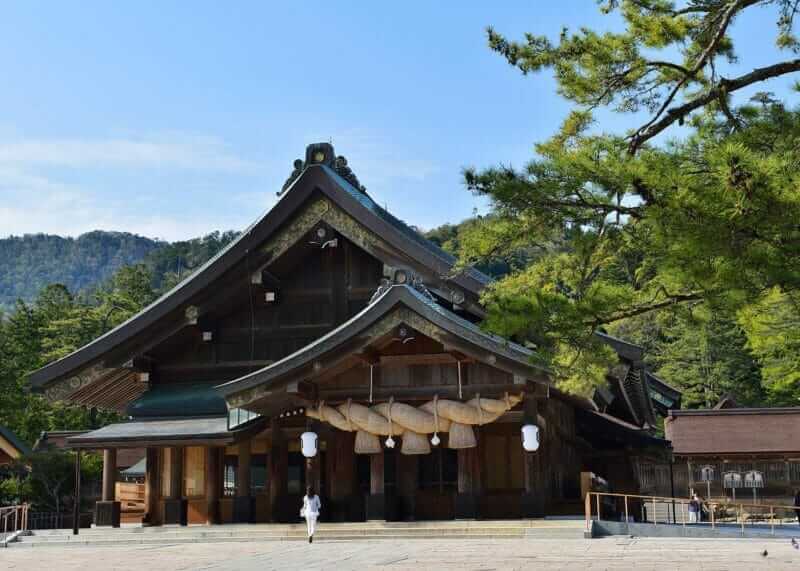
Izumo Taisha Shrine in Shimane, Japan. To pray, Japanese people usually clap their hands 2 times, but for this shrine with the different rule, they have to clap hands 4 times instead = AdobeStock
Points
Chugoku region is located in the west side of Honshu. It is an elongated region to the east and west. In the middle of this region, the mountains called “Chugoku Sanchi” are connected to the east and west. Therefore, the south side and the north side of Chugoku region are divided by this mountain. The south side has a large population, industries are developing. On the other hand, the northern part is a serious area with a declining population.
Hiroshima prefecture on the south side has the most tourists in the Chugoku region. This area has Miyajima Island which is the most popular among foreign tourists. There is a maritime shrine named “Itsukushima Shrine”.
And the Hiroshima Peace Memorial Museum in Hiroshima city has been overwhelmingly highly valued among the tourists who actually went there. At the time of World War II in Hiroshima city, the atomic bomb was dropped. Based on this experience Hiroshima people strongly hope for peace.
The tourist attractions popular on the north side of Chugoku region are Izumo Taisha Shrine (Shimane Prefecture) seen in the above picture, Adachi Museum of Art (Shimane Prefecture) and Tottori Sand Dunes (Tottori Prefecture).
Access
Airport
Each prefecture in the Chugoku region has an airport. The prefectural office locations of each prefecture are all close to the airport.
Railway
South side
In the south side of the Chugoku region, the Sanyo Shinkansen is operated. So, you can easily access Hiroshima, Okayama, Yamaguchi from Osaka, Kyoto etc.
Even from Tokyo, there are many people going by Shinkansen instead of airplanes. In fact, if you go from Tokyo to Okayama prefecture or Hiroshima prefecture, in many cases, Shinkansen is more convenient than airplane. In the south side, you can also go to Fukuoka prefecture etc. in Kyushu relatively easily.
Northern side
In the northern side of the Chugoku region, the Shinkansen is not operated. There are not many trains running in this area. In the north side, the JR San-in main line runs east – west. However, the number of operations is small on this line.
The railroad connecting the north and south of the Chugoku region is the JR Hakubi Line. Using this line, the sleeper train “Sunrise Izumo” runs from Tokyo Station to Izumo City Station in Shimane Prefecture.
Buses
Buses are operated between the south side and the north side of the Chugoku region For example, it is approximately 3 hours and 10 minutes by bus from Hiroshima City to Matsue City in Shimane Prefecture.
There are rail passes that allow unlimited rides on Shinkansen and local trains. >>Check here to see if there is a pass for you.
Climate and weather in Chugoku area
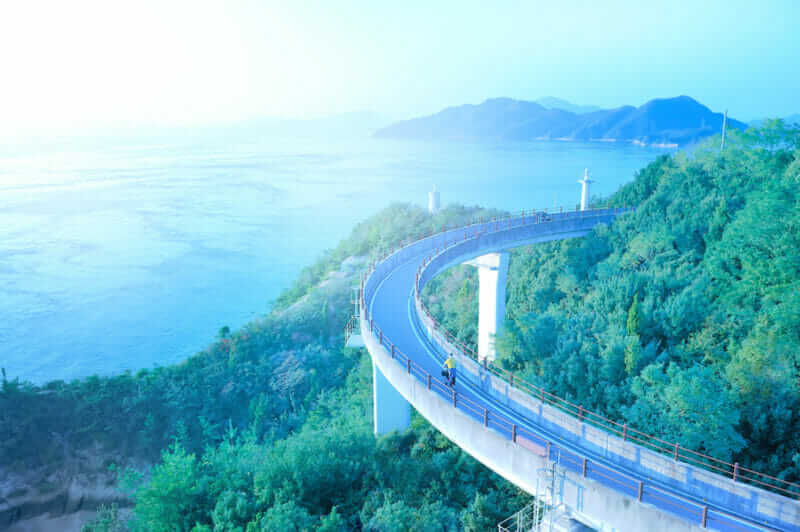
Shimanami Kaido expressway and cycling route links Onomichi Hiroshima prefecture with Imabari Ehime Prefecture that links the island of the Seto sea = shutterstock
The climate of Chugoku region is totally different in the south side and the north side. The south side has less rain through the year. It is generally mild.
On the other hand, in the north side, cloudy days continue in winter, rain and snow often fall. This is because moist air comes from the Sea of Japan side.
These moist air are blocked by the mountains in the middle of the Chugoku region and let the mountains snow. So, snow falls often on some of the mountainous areas.
Welcome to Chugoku!
Please visit each area of the Chugoku region. Where would you like to go?
Okayama Prefecture
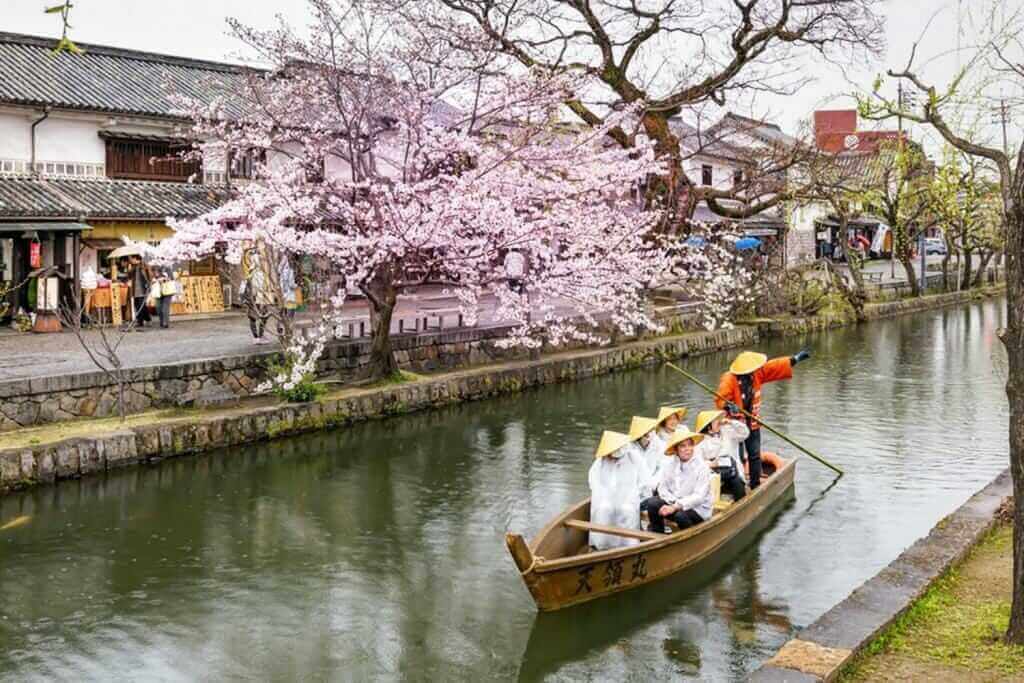
Unknown tourists are enjoying the old-fashioned boat along the Kurashiki canal in Bikan district of Kurashiki city, Japan = Shutterstock
Okayama prefecture is a temperate area. The sightseeing spot I particularly recommend in this area is Kurashiki. The traditional Japanese streets are left there.
Hiroshima Prefecture
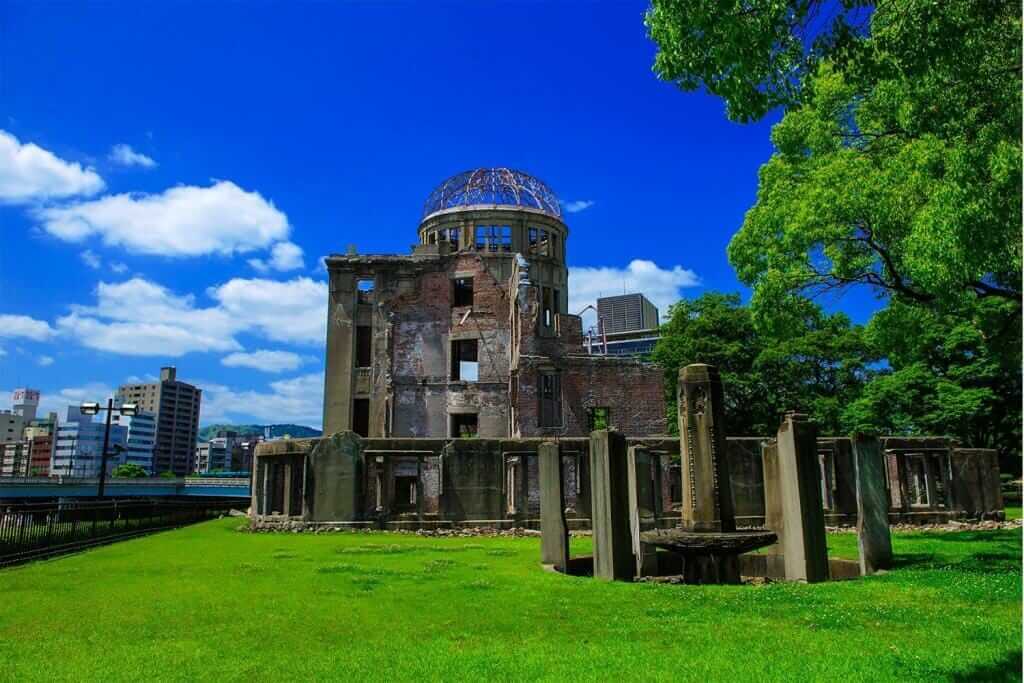
Atomic Bomb Dome memorial building in Hiroshima,Japan = Adobe Stock
Hiroshima Prefecture has two very famous tourist attractions. One is the Hiroshima Peace Memorial Museum and Atomic Bomb Dome nearby. Another is Miyajima Island. On this island there is Itsukushima Shinto shrine, a representative shrine in Japan.
Tottori Prefecture
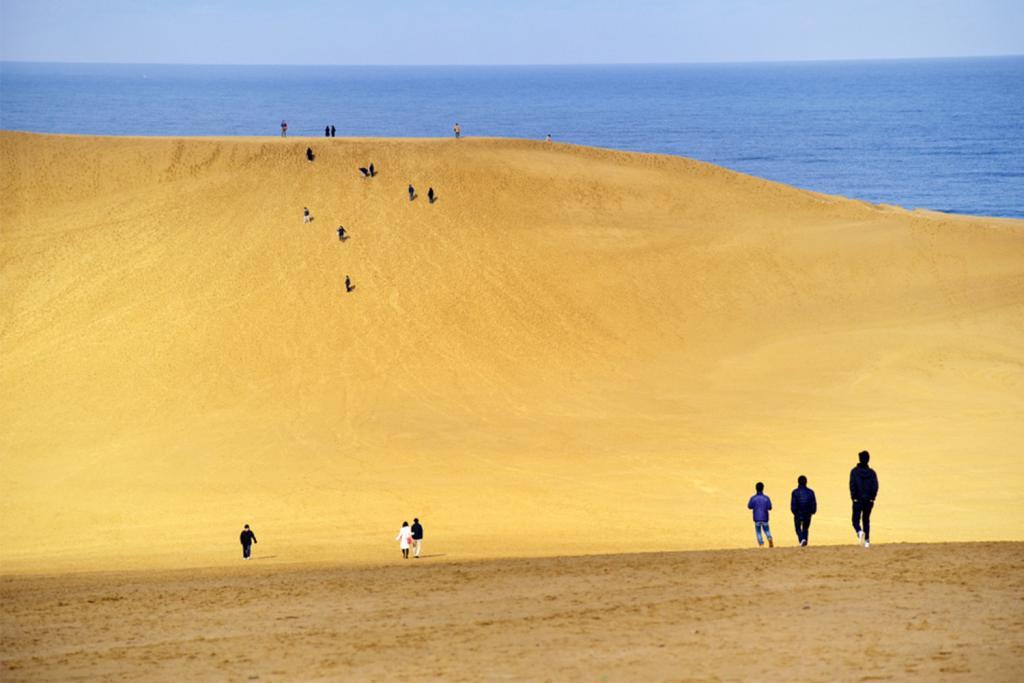
Tottori sand dune, Tottori, Japan = Shutterstock
Tottori Prefecture facing the Sea of Japan has Tottori Sand Dunes as seen in the above picture. In this area you can enjoy fresh fish and crabs caught in the Sea of Japan. And there are good hot springs.
Shimane Prefecture

Sunset in Shinji Lake, Matsue, Shimane, Japan
A lot of old Japan is left in Shimane prefecture facing the Sea of Japan. The above picture is Lake Shinji famous for its beautiful sunset view. Shimane prefecture also has Izumo Taisha Shrine and Adachi Museum of Art in addition to this.
Yamaguchi Prefecture

Kintaikyo Bridge at Iwakuni, Yamagushi, Japan. It is a wooden bridge with sequential arches = shutterstock
Yamaguchi prefecture is on the west side of Chugoku region. This prefecture faces the Seto Inland Sea on the south side and faces the Sea of Japan on the north side. If you travel Yamaguchi prefecture north and south, you can see both seas. On the side of the Sea of Japan, there is Hagi city where the historical cityscape is beautiful.
Thank you for reading to the end.
Now, let’s plan to make your vacation in Japan the best experience ever!


